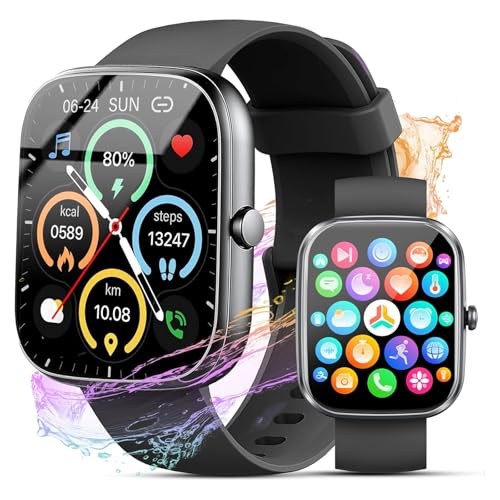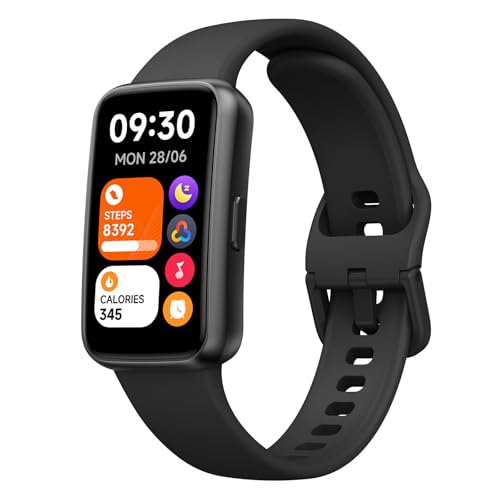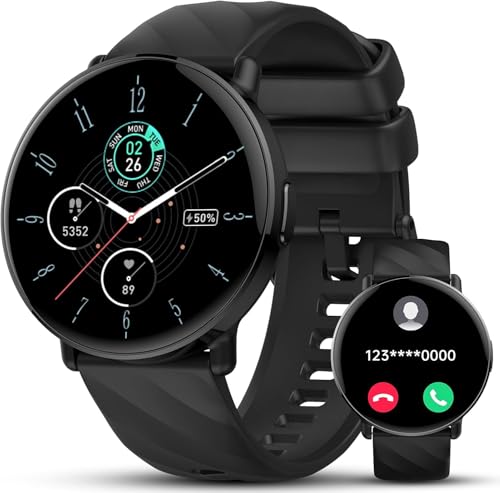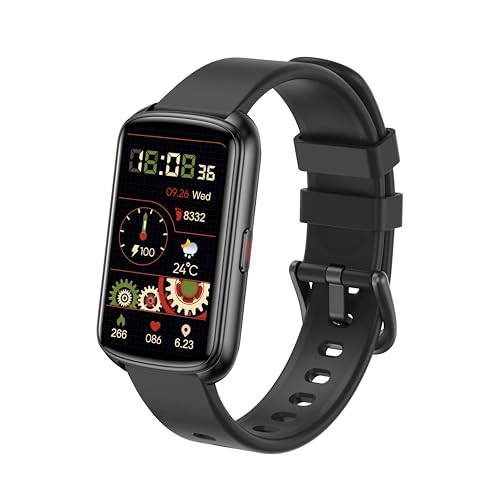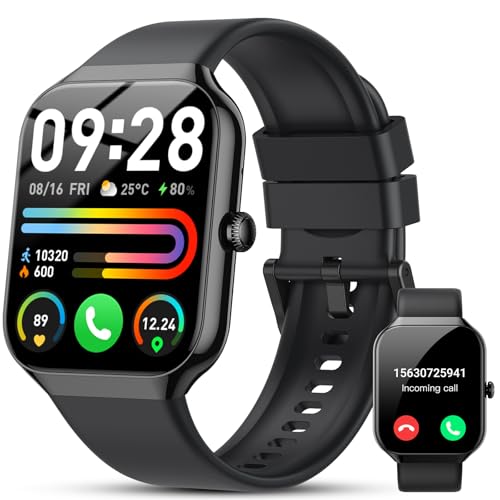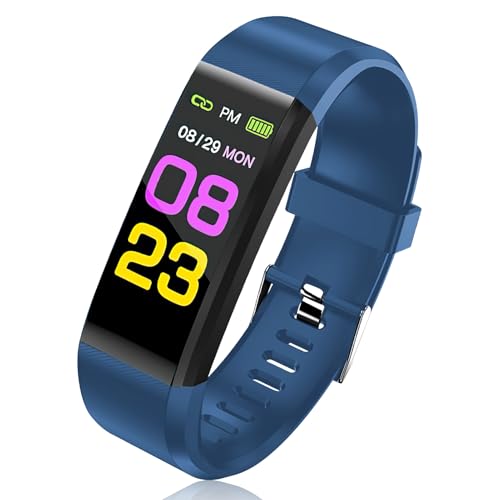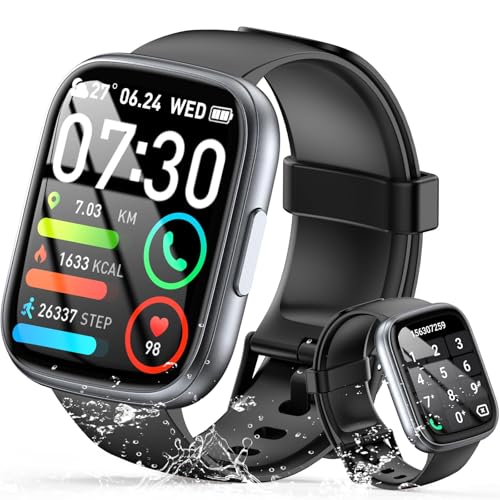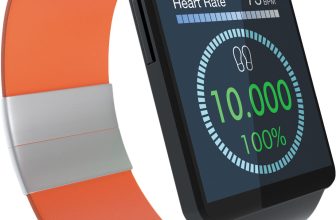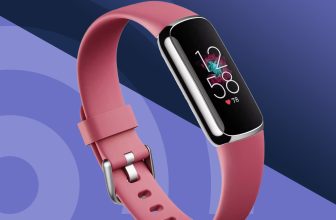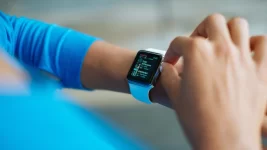
Waterproof Fitness Trackers
In recent years, wearable technology has transformed how we monitor our health and performance. From counting steps to analyzing sleep, these devices offer insights that were once only available in labs. However, when it comes to swimming laps, surfing, or even sweating through an intense spin class, not all wearables can keep up. That’s where waterproof fitness trackers come in. Designed to withstand submersion, humidity, and sweat, these robust gadgets ensure you never have to pause your workout, rain or shine.
Why Waterproof Fitness Trackers Are Essential for Active Lifestyles
Whether you’re training for a triathlon or simply enjoy weekend pool sessions, a waterproof fitness tracker can be a game-changer. These devices boast ratings like IPX7 or IPX8, indicating they can survive immersion up to certain depths without damage. Beyond durability, they also open up new data points—lap counting, stroke analysis, and aquatic calorie burn estimation—that standard activity bands can’t provide. With accurate heart rate monitoring and GPS tracking, you can log every swim, surf, or paddleboarding session seamlessly.
Key Features to Look for in a Waterproof Fitness Tracker
When shopping for a submersible activity monitor, certain specs stand out. Look for trackers that combine multi-sport modes, heart rate sensors, and reliable step counters with swim-friendly designs. A high-resolution touchscreen protected by scratch-resistant glass ensures clear data readouts, while Bluetooth connectivity syncs your stats with smartphone apps. Battery life is crucial too; some water-resistant models offer up to two weeks of runtime on a single charge, letting you focus on training rather than plugging in.
Swim-Proof Design and Durability
A swim-proof fitness band isn’t just about water resistance. It should feature corrosion-resistant materials, reinforced housing, and secure clasps that won’t pop open mid-lap. Many top-rated devices use medical-grade silicone straps that resist chlorine and saltwater, preventing skin irritation and wear over time. If you’re planning open-water swims, consider a model with a hardened case and gasket seals to protect internal components.
Battery Life and Charging Options
Nothing interrupts a workout faster than a dead tracker. Look for fitness monitors that offer both fast charging and long endurance—ideally over a week of mixed-use on a single charge. Some advanced models support solar charging or wireless pads, giving you flexibility. Always check real-world user reviews for battery longevity in swim modes, as GPS and heart rate sensors can drain power more quickly during aquatic activities.
Top Activities to Track with Waterproof Fitness Trackers
A versatile, water-resistant sports watch or band can track much more than laps. These multi-purpose wearables cater to a wide range of activities, from pool workouts to high-intensity interval training. By capturing metrics like stroke rate, distance per stroke, and SWOLF (a swim efficiency score), you gain actionable insights to improve form and endurance. Many trackers also monitor breathing patterns and calorie expenditure in water, offering a full-spectrum analysis of your performance.
Swimming and Water Sports
For dedicated swimmers, features like lap detection, pool length customization, and open-water GPS mapping are indispensable. If you enjoy paddleboarding, kayaking, or surfing, look for wave detection and stroke classification modes. Some premium trackers even sync with underwater headphones, allowing you to listen to coaching cues or motivational playlists while you train.
Outdoor Running and Hiking
Just because a device is built for the pool doesn’t mean it’s limited to aquatic use. Most waterproof fitness trackers also excel on land, offering built-in GPS, altimeter functions, and trail-mapping capabilities. With robust water resistance, you can tackle rainy trail runs or muddy obstacle courses without fear of damaging your device.
Comparing Water-Resistant vs Waterproof Fitness Trackers
While the terms are often used interchangeably, “water-resistant” and “waterproof” imply different levels of protection. Water-resistant gadgets can handle splashes, sweat, and brief submersion, typically up to IPX4 or IPX6 standards. True waterproof fitness trackers, rated IPX7 or higher, can be submerged for extended periods, making them ideal for swimming and diving. Always verify manufacturer claims—some devices may lose their seal after repeated exposure or if the housing is compromised.
How to Choose the Right Waterproof Fitness Tracker for You
Selecting the ideal waterproof fitness tracker depends on your routine, budget, and data needs. Start by listing the activities you’ll perform—swimming laps, surfing, or wet-weather cycling—and match those to available sports modes. Next, decide on essential sensors: do you need continuous heart rate monitoring, pulse oximetry, or sleep analysis? Consider comfort factors too, such as band material and device weight.
Frequently Asked Questions
Q1: Can I shower with my waterproof fitness tracker?
Most devices rated IPX7 or IPX8 are safe in the shower, but avoid high-pressure water jets. Rinse with fresh water after exposure to soap and dry thoroughly.
Q2: What does IPX8 mean for fitness bands?
An IPX8 rating indicates the device can be submerged beyond one meter, often up to two meters for 30 minutes, making it suitable for pool workouts.
Q3: How accurate are heart rate readings underwater?
Accuracy varies by model; optical sensors can struggle in turbulent water. Chest-strap compatible devices often deliver more precise readings during swims.
Q4: How do I maintain the water seal on my tracker?
Regularly inspect gaskets and seals for wear, avoid harsh chemicals, and replace straps or housing components per manufacturer recommendations.
Q5: Are there trackers designed for diving?
Yes, dive-ready watches offer deeper waterproof ratings (up to 100 meters), specialized dive logs, and decompression algorithms, though they tend to be pricier.
Q6: Where can I learn safe exercise practices?
For guidance on training intensity, recovery, and aquatic workouts, visit the NHS Live Well Exercise page: NHS Live Well Exercise.

